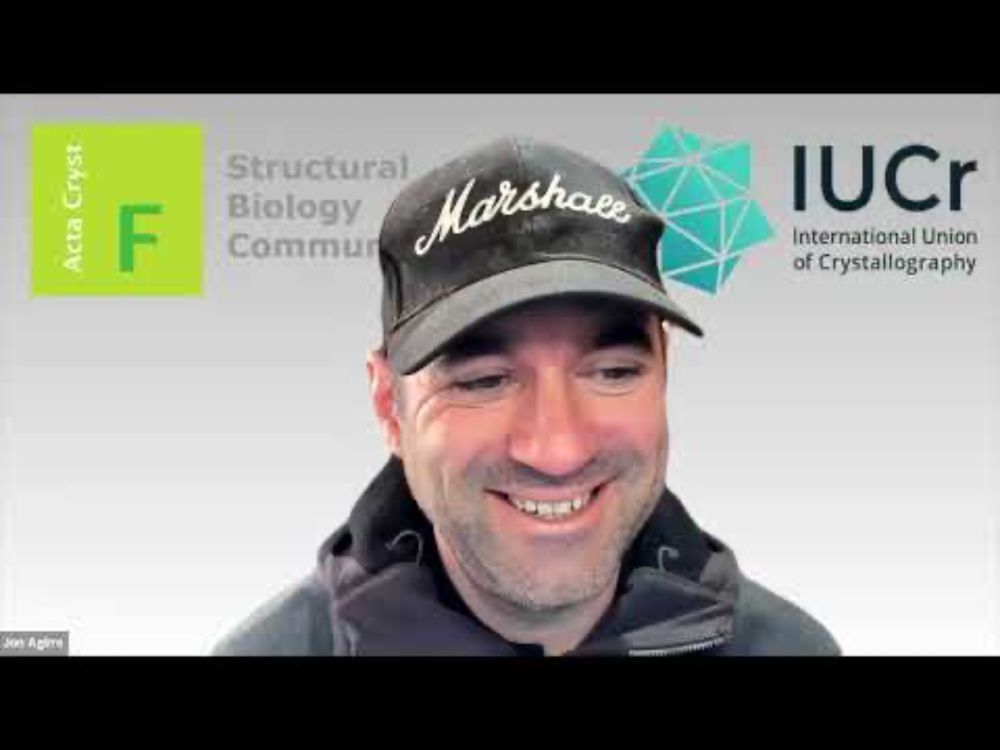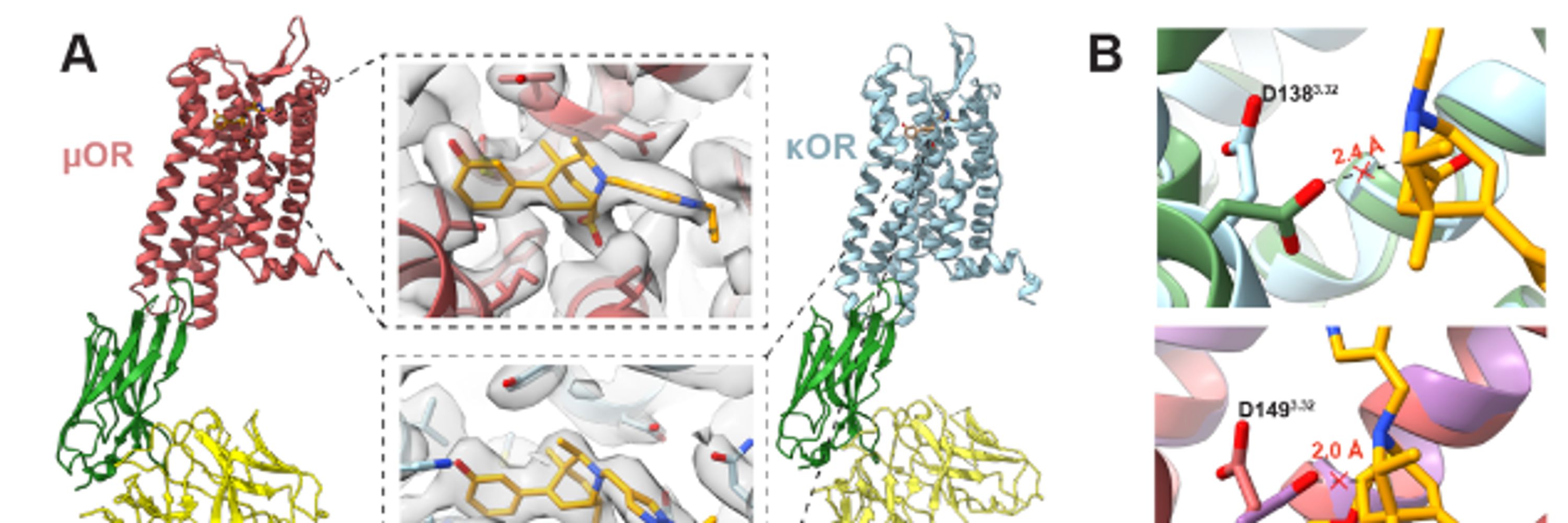
PhD from University of Wisconsin-Madison: CLEM and Cryo-ET on neuronal cells
Triathlons, desserts, books, museums and video games
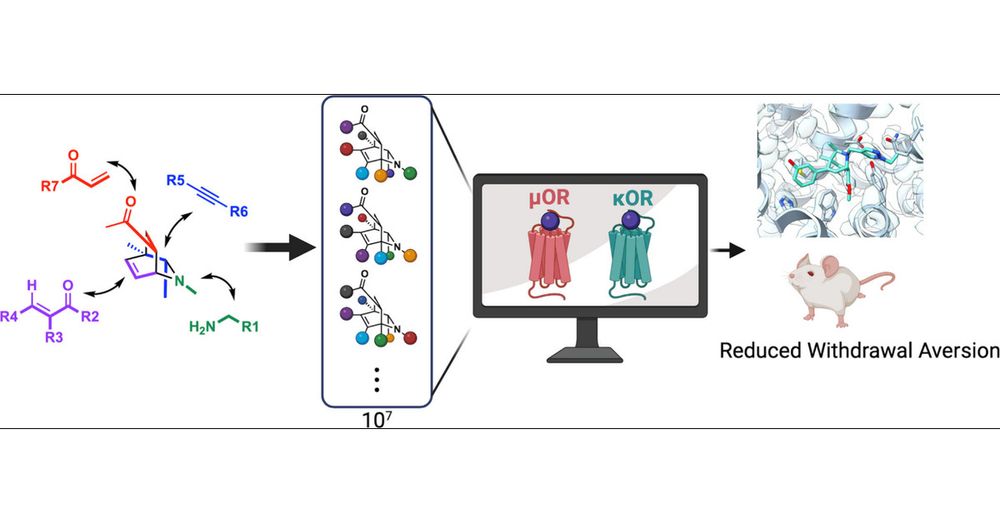
Bonus index to my longer posts on AI/computational drug discovery over nearly 20 years!

Bonus index to my longer posts on AI/computational drug discovery over nearly 20 years!
🔗 www.pnas.org/doi/10.1073/...

🔗 www.pnas.org/doi/10.1073/...

Why didn't I start using it earlier??
#CryoEM
www.biorxiv.org/content/10.1...
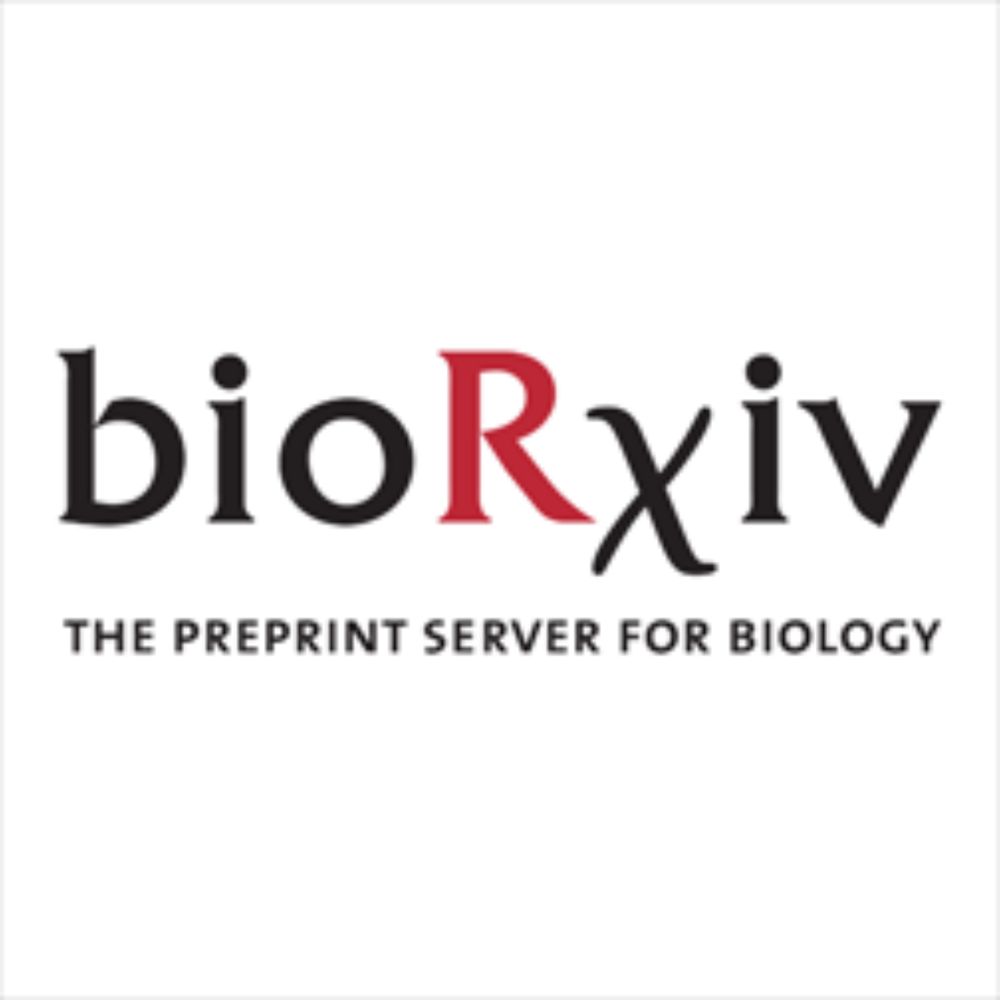
www.biorxiv.org/content/10.1...
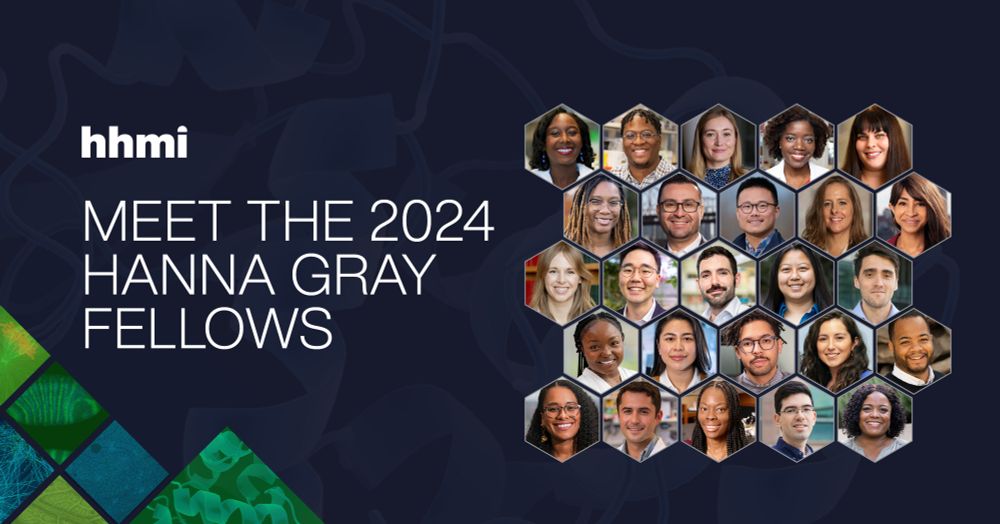
🧵(1/n)
www.cell.com/cell/fulltex...
Mapping function to structure with deep mutational scanning to resolve the mechanisms of pH sensing GPCRs
www.sciencedirect.com/science/arti...

Mapping function to structure with deep mutational scanning to resolve the mechanisms of pH sensing GPCRs
www.sciencedirect.com/science/arti...
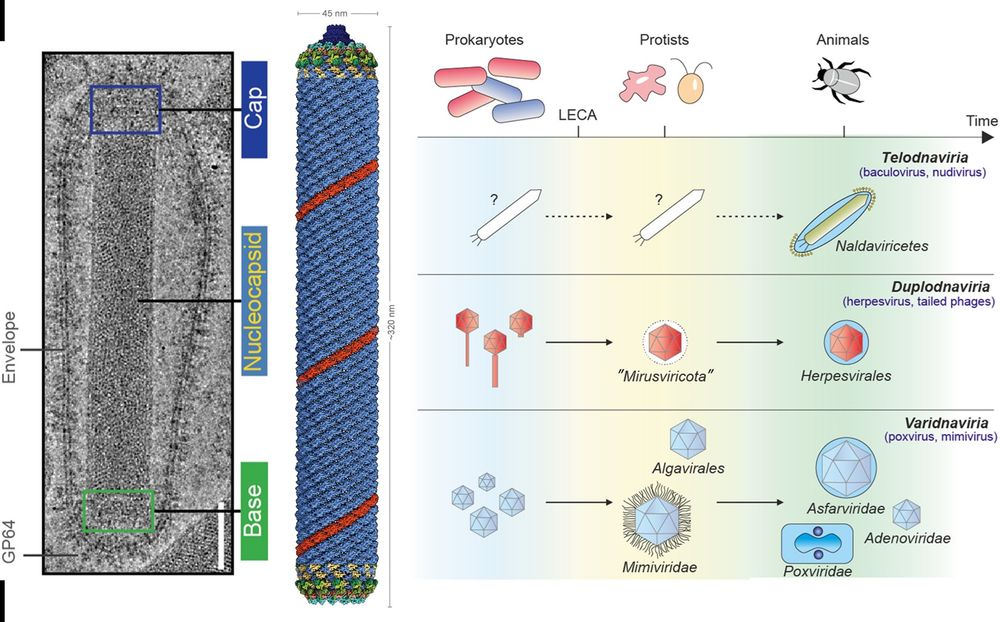
Figure from www.scientificamerican.com/article/how-...

Figure from www.scientificamerican.com/article/how-...
While initially skeptical about the genre, I found it fun to write and hopefully, you can enjoy my experiences and some thoughts. Nice weekend y'all
www.cambridge.org/core/journal...
While initially skeptical about the genre, I found it fun to write and hopefully, you can enjoy my experiences and some thoughts. Nice weekend y'all
www.cambridge.org/core/journal...
